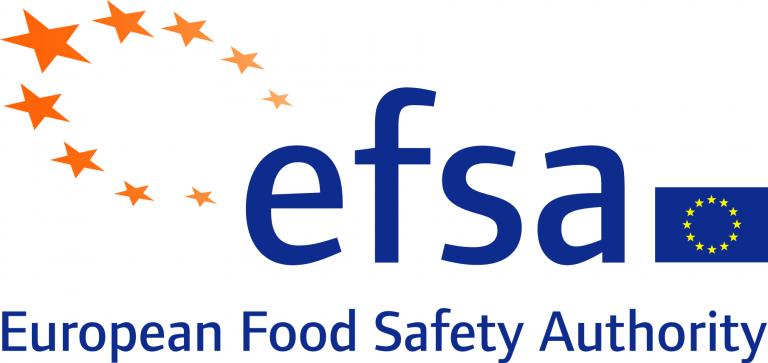Aged sorption of pesticides - EU regulatory assessments
The new EFSA Guidance on Aged Sorption has been published on the 27 August 2018. More details are also available here.
Aged sorption of chemicals (also known as time dependent or kinetic sorption) is an important parameter that can significantly affect the mobility of agrochemicals in subsurface over time. EFSA has published a Scientific Opinion on the aged sorption guidance drafted by CRD back in 2016.
Key notes from the publication:
- Aged sorption is suitable for use in higher tier groundwater leaching assessment but not yet in surface water assessment.
- Batch adsorption experiments and aged sorption experiments should be performed on the same soils.
- Any software tool, that fulfils a minimum set of requirements described in the Opinion on Good Modelling Practice (EFSA PPR Panel, 2014), can be used to derive aged sorption parameters. PEARLNEQ was specially developed for this purpose.
- The EFSA PPR Panel recommends combining all available lower-tier degradation and adsorption parameters, preferably with the parameters from aged sorption studies, for use in the groundwater leaching assessment.
- Field studies should not be used to derive aged sorption parameters, since the inverse modeling approach (PEST-PEARL) needs to be further developed and tested with real world data.
- If agreed matrix DegT50 values from field studies have been derived according to EFSA (2014), these values should not be ignored but accounted for in the leaching assessment in line with EFSA (2014).
- Software tools are to be developed to facilitate the assessment.
- After inclusion of the opinion´s remarks, a final guidance document is to be prepared.
knoell environmental fate experts are ready to assist you resolving any technical challenges regarding aged sorption as well as developing higher endpoint refinements and exposure modeling strategies.

